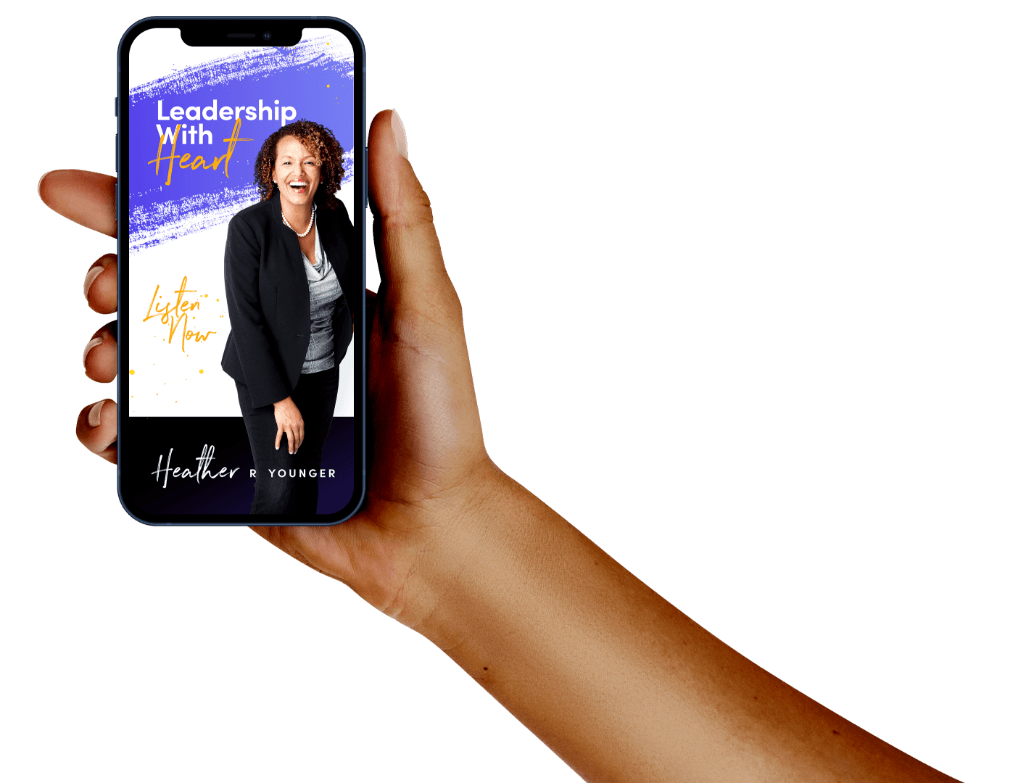[pullquote align=center]
Our mission statement about treating people with respect and dignity is not just words but a creed we live by every day. You can’t expect your employees to exceed the expectations of your customers if you don’t exceed the employees’ expectations of management.- Howard Schultz
[/pullquote]
This is an interesting quote when we begin to think about the results we expect employees to deliver for organizations. The other day I facilitated a workshop with a moderately-sized group of frontline employees. One of the key topics was around whether they felt empowered to make decisions to move the business forward.
What I saw in their faces surprised me and also made me think of all the gaps that exist between frontline employees and their leaders. It is my belief that these gaps are what stop organizations from being great. They serve as disconnects that thwart any chance of retaining the best people out there.
What are the gaps to which I am referring?
1. Gaps in Trust
Through my work with front line teams and their leaders, I hear a lot of confessions about lack of trust. Over time, employees mistrust their leaders, because their actions are often incongruent with their words.
What I have found in many cases is there is a real disconnect between employee and leader perception of organizational values and behaviors. To make things worse, many leaders act as if organizational values and behaviors don’t apply to them.
This disconnect then deepens the mistrust, which then hastens employee turnover.
How should an organization go about turning the tide of mistrust?
Don’t ignore it. Talk about it openly. Gauge it often. Recruit and promote leaders who are more self-aware.
[hr]
RELATED: [Video] Leadership Is Influence.
[hr]
2. Gaps in Communication
Much of the issues surrounding positive culture and employee engagement stem from non-communication, miscommunication or untruthful communications. Many front line employees complain that their senior leaders and or managers change organizational structure or process without ever informing them. They recount how it does not make sense that they are not informed of decisions, or that they were never involved in the decision, especially since they are the ones who have to implement changes.
Oftentimes, when I meet with the leaders of these organizations, they admit that they did not communicate in advance, because they were concerned about the impact.
Leaders drive deeper wedges between themselves and the teams that rely on them by assuming that the front line is not capable or strong enough to handle the truth.
What should organizational leaders do to improve their communication to the front line?
Be purposeful. Create an internal communication plan. Measure the improvements by asking the frontline.
3. Gaps in Understanding
This is one thing that sticks out to me when meeting with both front line employees and senior leaders. They misunderstand where the other is coming from, because they do not spend enough time with one another.
Leaders ask me how to bridge this gap. I often tell them to spend more time with their teams. By spending more time with their teams, they become more empathetic to their stories, which increases their understanding of their position.
It is in understanding what the other is going through on a daily basis where more unity is created.
Leaders who commit to a concrete plan to engage their front line team members will see things more clearly. Your people want to know who you are. That includes your challenges and who you are outside of work.
_______________________________________________________
What I saw in the eyes of the employees at my most recent workshop was the desire to be a part of something great. More importantly, I saw the desire and willingness to be a part of creating greatness in their organization. Know that employees want to trust their leaders, they want clear and truthful communication and will do what it takes to gather a clearer understanding of who their leaders are. They just need to be invited to the table.
_______________________________________________________
Thank you for reading. Please do share with those you think might benefit. Add your voice to the conversation by commenting below as well.






